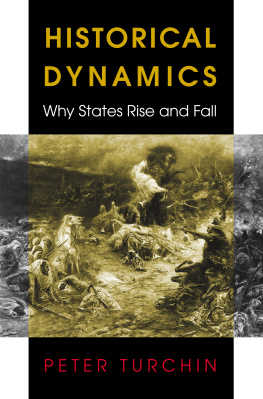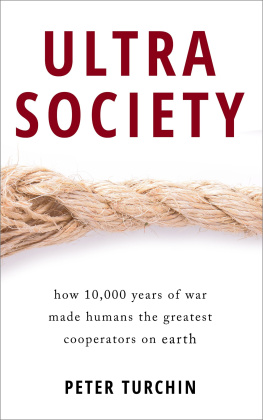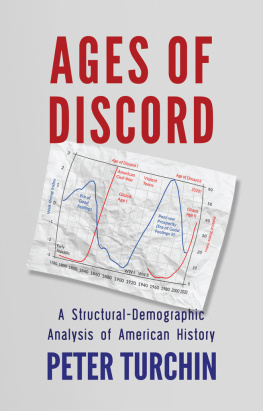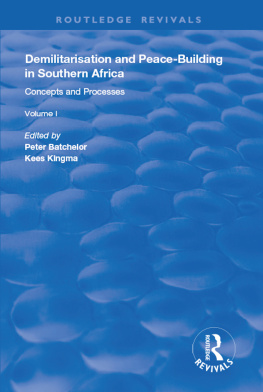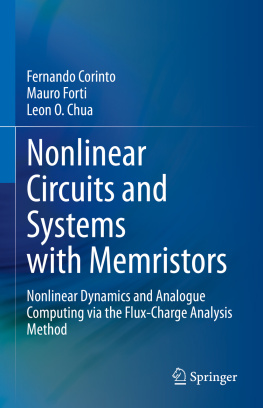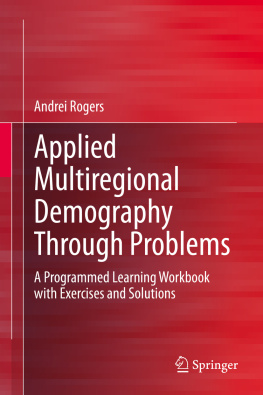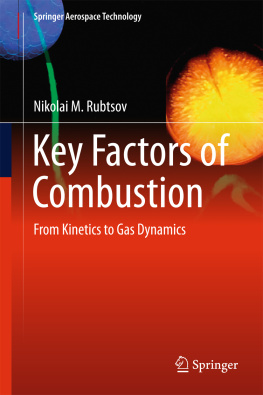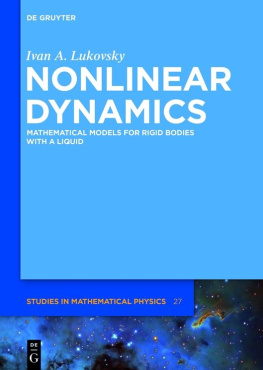Peter Turchin - Historical Dynamics: Why States Rise and Fall (Princeton Studies in Complexity, 26)
Here you can read online Peter Turchin - Historical Dynamics: Why States Rise and Fall (Princeton Studies in Complexity, 26) full text of the book (entire story) in english for free. Download pdf and epub, get meaning, cover and reviews about this ebook. year: 2003, publisher: Princeton University Press, genre: Politics. Description of the work, (preface) as well as reviews are available. Best literature library LitArk.com created for fans of good reading and offers a wide selection of genres:
Romance novel
Science fiction
Adventure
Detective
Science
History
Home and family
Prose
Art
Politics
Computer
Non-fiction
Religion
Business
Children
Humor
Choose a favorite category and find really read worthwhile books. Enjoy immersion in the world of imagination, feel the emotions of the characters or learn something new for yourself, make an fascinating discovery.
- Book:Historical Dynamics: Why States Rise and Fall (Princeton Studies in Complexity, 26)
- Author:
- Publisher:Princeton University Press
- Genre:
- Year:2003
- Rating:5 / 5
- Favourites:Add to favourites
- Your mark:
Historical Dynamics: Why States Rise and Fall (Princeton Studies in Complexity, 26): summary, description and annotation
We offer to read an annotation, description, summary or preface (depends on what the author of the book "Historical Dynamics: Why States Rise and Fall (Princeton Studies in Complexity, 26)" wrote himself). If you haven't found the necessary information about the book — write in the comments, we will try to find it.
Many historical processes are dynamic. Populations grow and decline. Empires expand and collapse. Religions spread and wither. Natural scientists have made great strides in understanding dynamical processes in the physical and biological worlds using a synthetic approach that combines mathematical modeling with statistical analyses. Taking up the problem of territorial dynamics--why some polities at certain times expand and at other times contract--this book shows that a similar research program can advance our understanding of dynamical processes in history.
Peter Turchin develops hypotheses from a wide range of social, political, economic, and demographic factors: geopolitics, factors affecting collective solidarity, dynamics of ethnic assimilation/religious conversion, and the interaction between population dynamics and sociopolitical stability. He then translates these into a spectrum of mathematical models, investigates the dynamics predicted by the models, and contrasts model predictions with empirical patterns. Turchins highly instructive empirical tests demonstrate that certain models predict empirical patterns with a very high degree of accuracy. For instance, one model accounts for the recurrent waves of state breakdown in medieval and early modern Europe. And historical data confirm that ethno-nationalist solidarity produces an aggressively expansive state under certain conditions (such as in locations where imperial frontiers coincide with religious divides). The strength of Turchins results suggests that the synthetic approach he advocates can significantly improve our understanding of historical dynamics.
Peter Turchin: author's other books
Who wrote Historical Dynamics: Why States Rise and Fall (Princeton Studies in Complexity, 26)? Find out the surname, the name of the author of the book and a list of all author's works by series.

